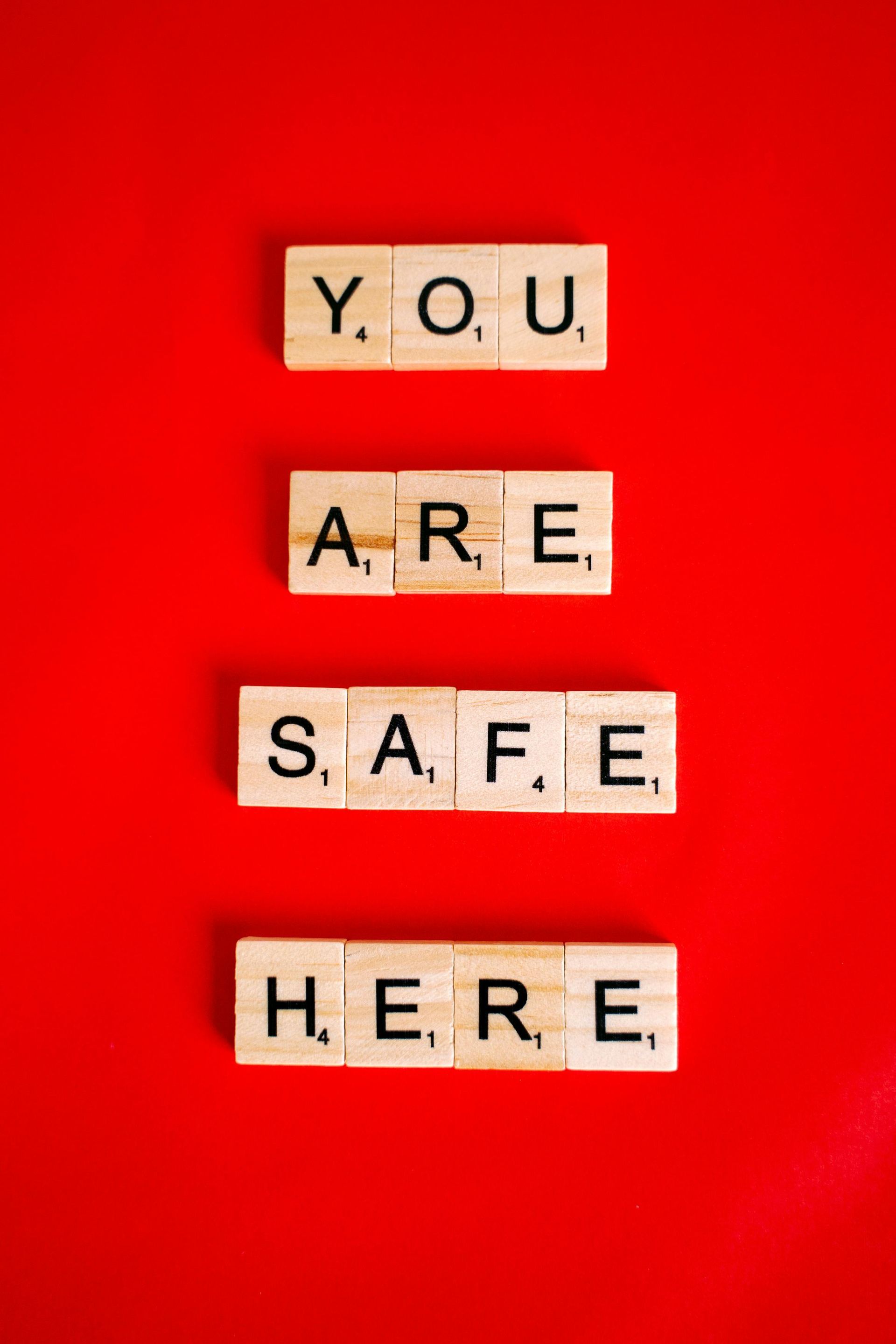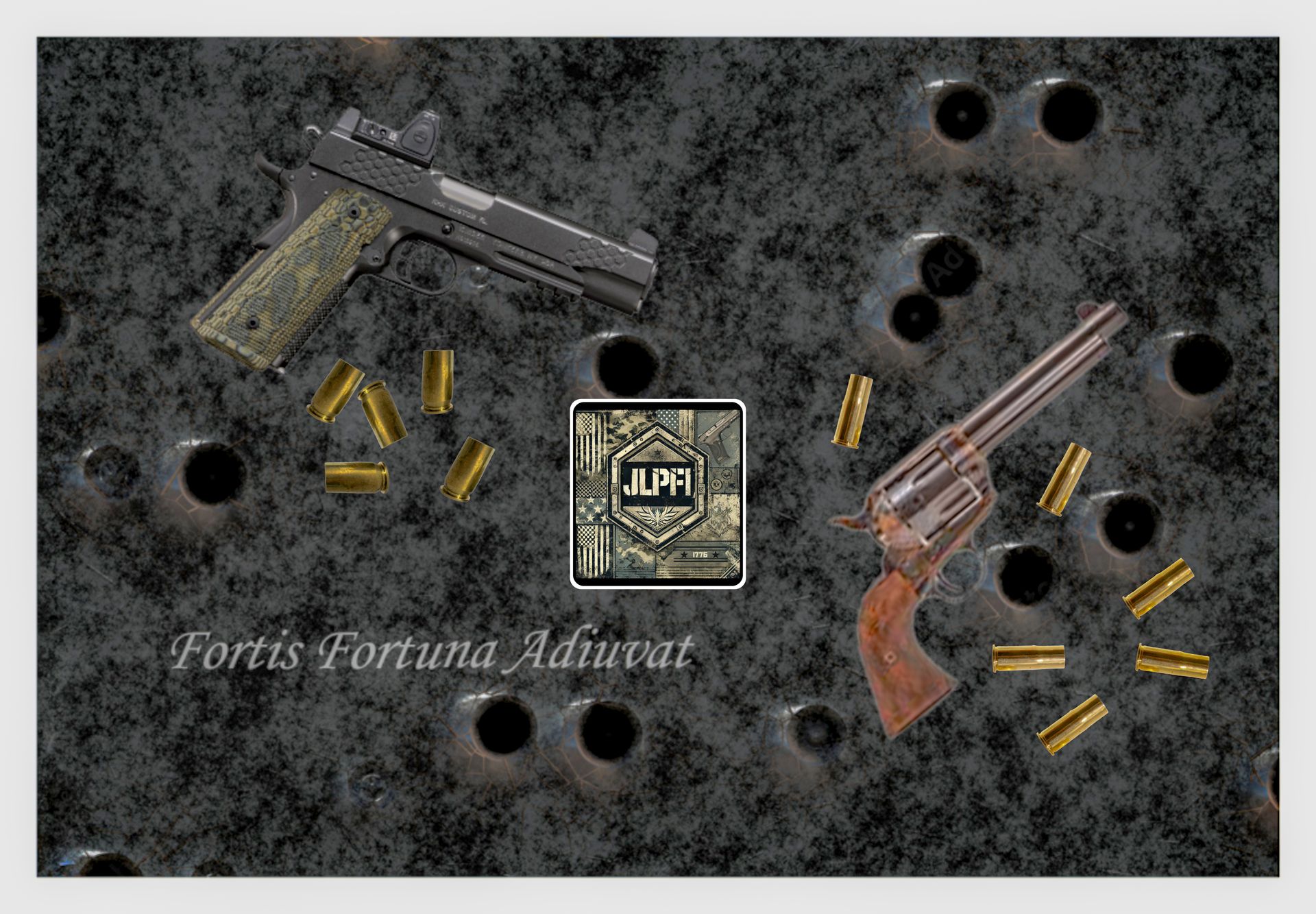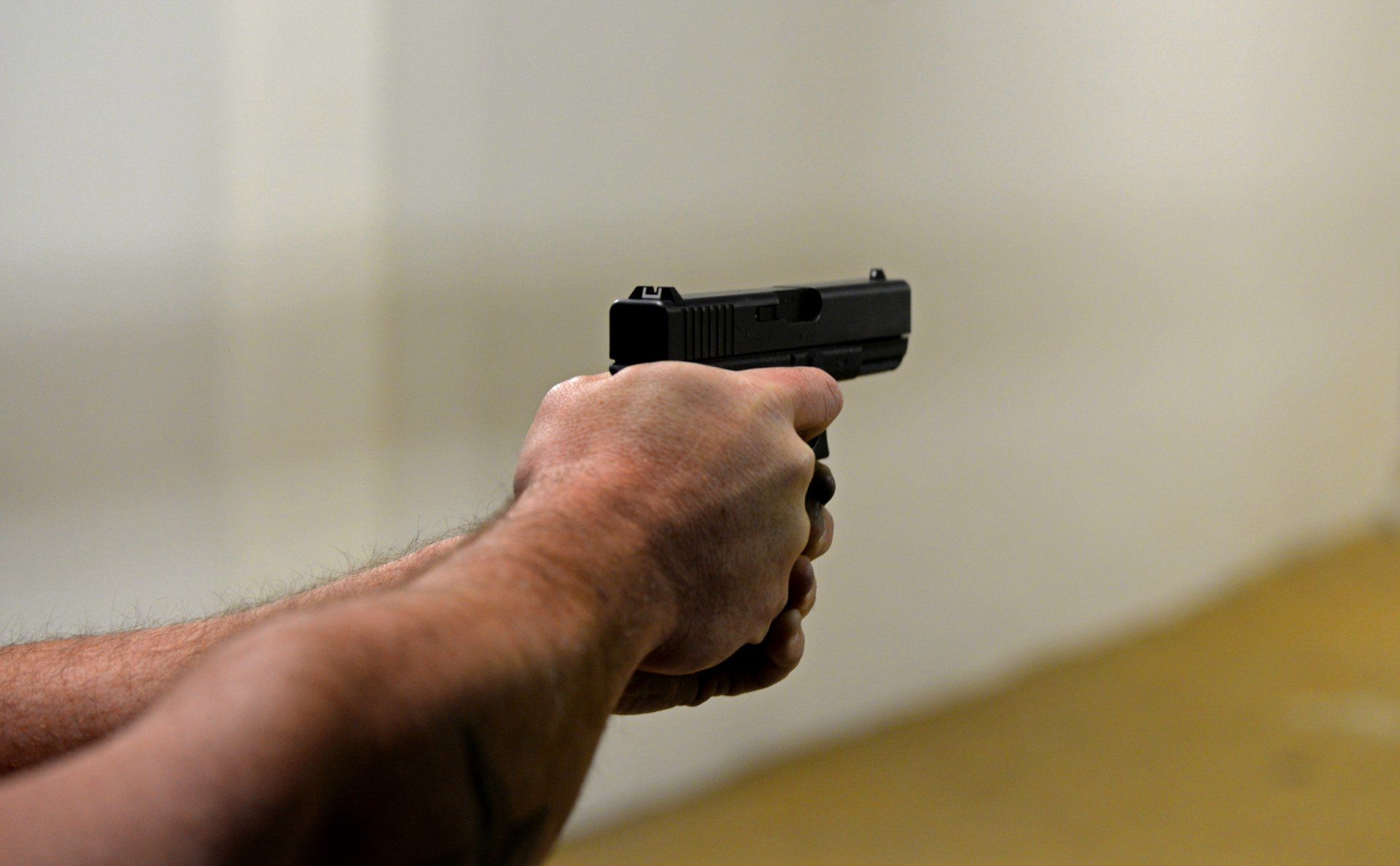Make it FIT!
Shopping for a new handgun can be fun, intriguing and also a bit confusing for a new shooter just starting the journey in ownership. So many people ask, what is right for me? A revolver or a semi-automatic? Here is JLPFI's suggested tips for you to remember when engaging a gun salesman regarding a new purchase:
1) Try before you buy- you either know someone who has a few weapons you are able to test out, or you can step into a indoor range in most towns and rent handguns to get an idea of fit, operational compatibility, recoil management and overall nomenclature to fit the application of your purchase. Is your application for home defense, target shooting, competition or concealment?
2) Your visit to the local gun counter should be with a seasoned firearm salesman who interviews you. His questions should include: do you have any prior experience firing a handgun? Do you have any hand strength issues or injuries that would inhibit your ability to handle the recoil management of the weapon? What is your budget for purchasing?
3) Fitting: This is the key in your purchase- When you take hold of the potential handgun you are interested in, you must measure your dominant hand size by making sure the web(space between your thumb and index finger) can be centered to the to the back-strap or tang of the weapon. If the weapon fits properly, you should be able to draw a line from the center of the webbed handgun straight up your arm.
You must also be able to ensure your dominant hand can reach all the controls of the handgun- on a semi-auto- the magazine release, the slide lock or release and the trigger. If these controls are not easily manipulated over the gun counter, you should move on to another option!
On a revolver, the cylinder release, trigger and (hammer) if applicable. Some people choose a revolver because of the simplicity of use. Once the cylinder is loaded and locked into battery, it is ready to fire. A revolver is only a good choice if you take the time to make sure the caliber choice, the actuation of the trigger and safety protocol meets your purchasing requirements.
Be very careful to notate that you can actuate the trigger with ease and that your trigger finger length is adequate to fully engage the trigger rearward without a significant struggle.
The salesman should allow you to dry fire the weapon so you can know this very crucial point of actuation.
There have been numerous times when JLPFI experiences a new shooter that brings a weapon to class and discovers that the weapon they have purchased, simply is not safely conducive to their hand size, therefore making it a serious challenge to operate the weapon.
4) Your over- the- gun counter test for a semi-auto handgun should include: proving your ability to easily depress the magazine release button, easily racking the slide, bottoming it out to the rear of the weapon, and most definitely having the ability to lock the slide rearward without a serious struggle. If you are a 1st time buyer or possess a Firearms Safety Certificate, the State of California requires a handgun demonstration for you to demonstrate to the salesman that you can install and remove a firearms safety device on the weapon you have purchased, load and unload the weapon with a dummy round or snap cap, and that you understand all the aspects of safely handling the weapon by recognizing and maintaining muzzle awareness and trigger finger discipline.
5) The Purchase: The State of California has a requirement to take the Firearms Safety Certificate Test if you do not have an exemption such as a Concealed Weapons Permit, law enforcement or military exemption, just to name a few.
This FSC test study guide can be found thru this link:
https://oag.ca.gov/…/fi…/agweb/pdfs/firearms/forms/hscsg.pdf
The test costs $25 and is available wherever you plan to purchase. Other requirements for purchase are that you must have a current California Driver's License or Ca ID that has the current residential address on it. (no PO box). You must also provide a secondary proof of residency such as a DMV vehicle registration, or utility bill within the last 3 months, or a residential lease agreement that has been recently notarized. Once all the paperwork requirements are met, you pay the state an additional $25 for your 10 day background check. After 10 days, you pick up your firearm and start a responsible journey of ownership.
6) 1st on your list on your journey of ownership should be to READ the manufacturer's instruction manual! Please pay attention to all the red lettering in the manual that points out how dangerous firearms can be when handling them! Once the manual is read multiple times, JLPFI suggests for you to enroll in a New Owner Orientation Course to familiarize yourself to the safety protocols, nomenclature and disassembly and reassembly of your new weapon, introduction to fundamentals and dry fire practice, and finally, the live fire shooting of your new perfect fitting handgun. What a journey it shall be!
Remain FIT- Forever In Training!












